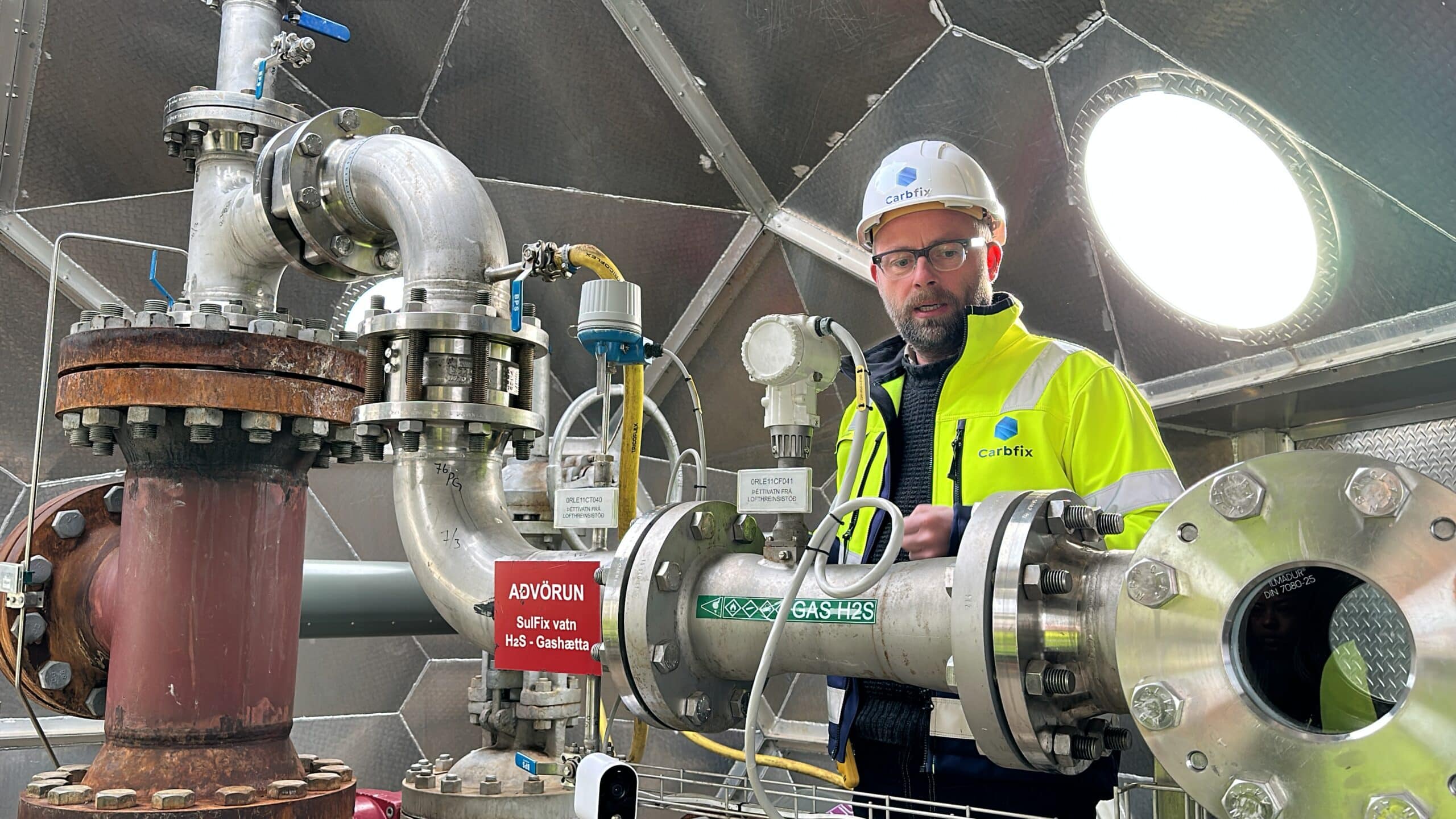
These 4 Sustainable Transportation Options Are Revolutionizing the Future of Mobility
Transport is an integral part of people’s lives. However, the convenience it provides can easily overshadow its environmental impact. As awareness of climate change and environmental issues becomes more apparent, a growing demand for sustainable transportation options arises.
What could a green future of mobility look like? Learn more about these choices paving the way for a cleaner tomorrow and their environmental, economic and health impacts.
The Benefits of Sustainable Transportation
Did you know the transport sector accounts for about one-fifth of global carbon dioxide emissions? Greenhouse gases from diesel and petrol vehicles are key factors in climate change, bringing poor air quality and devastating impacts on public health and the environment.
This is where sustainable transportation comes into play. By definition, this refers to transportation methods reliant on renewable fuels. Here are some of its advantages.
- Improved air quality: A decrease in air pollutants results in a better atmosphere and greater health benefits for people, especially those living in urban areas. Pollution from motor vehicles contributes to cardiovascular and respiratory health risks, so improved air quality can mean fewer cases of ailments, like asthma.
- Reduced greenhouse gas emissions: Using low-carbon vehicles only produces a fraction of a traditional car’s emissions, which is crucial in the fight against climate change.
- Cost-saving: Technological innovations, such as electric vehicles, can decrease fuel and maintenance costs.
- Job creation: Greener transportation options provide people with better access to employment opportunities, such as the construction and maintenance of bicycle lanes, pavements and bus stops.
4 Sustainable Transportation Options
In today’s modern era, there are more eco-friendly ways to get around than walking, running and biking — three mobility options that also help you get in better shape, while taking care of the planet. Here are some key, sustainable transportation options and how they can elevate the way you travel:
1. Electric Vehicles (EVs)
EVs are among the most successful sustainable transportation options, especially as it pertains to personal vehicles. The demand for EVs continuously grows as they become more accessible and cheaper for consumers. The market growth is relentless and projected to reach over $137 billion by 2028.
Discover the three types of EVs:
- Battery Electric Vehicles (BEVs): Also known as all-electric vehicles, these operate solely on electricity. These automobiles are recharged from an external power source.
- Plug-In Hybrid Electric Vehicles (PHEVs): These cars use batteries to operate an electric motor. They also have a smaller internal combustion engine that can recharge the battery.
- Fuel Cell Electric Vehicles (FCEVs): These vehicles use an electrochemical process to transform hydrogen into electricity, which provides power to an electric motor. FCEVs are filled with compressed hydrogen gas stored in the vehicle’s tank.
2. Shared Mobility Services
For travels within the city or suburbs, shared mobility services (such as carpooling and ridesharing) are taking over. For instance, Zity by Mobilize is a 100% electric car-sharing service in Italy, Spain and France. In the U.S., there’s Uber, Lyft, BlaBlaCar and Waze Carpool. In the future, you can expect to witness these platforms integrate multiple features, including micro-mobility services.
Using shared mobility services helps lower transportation costs and enhance accessibility, especially for employees or workers who provide mobility assistance to older adults unable to use public transportation or drive a car. More importantly, it also allows for socialization — getting to know others and building meaningful relationships while saving the environment.
3. Autonomous Vehicles (AVs)
AVs can revolutionize the future of mobility in many ways — these rely on artificial intelligence and machine learning algorithms to navigate the roads without human intervention. While there are remaining technological and regulatory challenges, AVs have the potential to reduce road accidents and improve travel time.
4. Improved Public Transportation Systems
High-speed trains and electric buses are some transportation options making a sustainable shift towards a greener future. For instance, Japan’s Shinkansen, the world’s first high-speed rail system, carries more than 420,000 passengers weekly. In Europe, France has the TGV, a passenger train which only emits around three grams of carbon dioxide per passenger-kilometer, making it one of the most eco-friendly public transportation systems in the world.
The continuous improvement of public transportation systems will bridge the gap between faraway locations, connecting regions and transporting people more quickly than ever before.
Ride to a Greener Future
With these options, it seems like the world is cruising towards a better future, beneficial to both the planet and its people. As a consumer, it’s your responsibility to safeguard the planet by advocating and supporting sustainable transportation options.



Post a comment